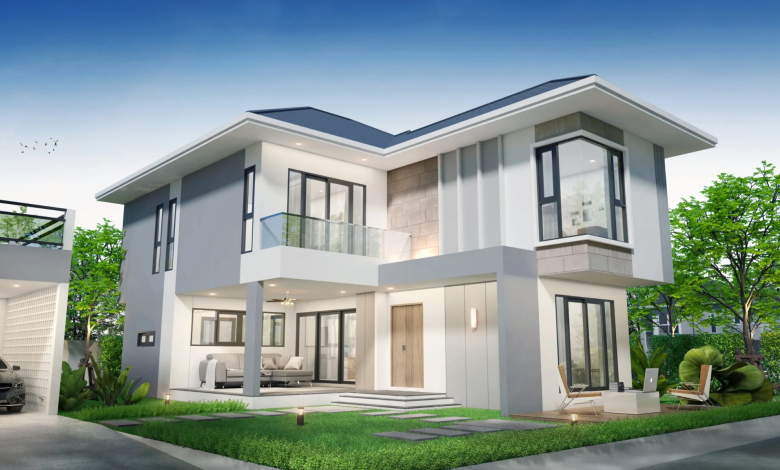the reasons that prefabricated home construction is so much more affordable than traditional methods

So that prefabricated homes came with the benefits of being pocket-friendly and took up less time, it quickly became one of the desired home architectures to go for. With many people and families dreaming to build their own customized homes, it is essential that they have an understanding of prefabricated home construction financially.
Note: Are you planning your dream home? Well, with the help of Grit Build that could become a reality. Take a tour of our state of art model homes, receive help From experts and visit our website. Grit Build offers a range of online tips for those who want to build their dream house. First-timers as well experienced builders can benefit from this collection. With our impeccable craftsmanship and modern styling, we can turn the walls you dream; of into the home where you will live. Call or email now to get your home under construction from Grit Build, the builders who truly believe in its products.
In this article, we explore prefabricated construction lower costs than traditional ways of constructing a building and explain how it can fundamentally transform the way you go about building your next home.
#### Prefabricated Home Construction Introduction
The process of constructing prefabricated homes includes the manufacturing and assembly of a number of different components in a factory, which are then transported to site where they can be installed as building blocks for an entire product. This is in opposition to conventional construction, where the entire building process takes place at one site. With prefabrication homeowners could have a cheaper and quicker way of getting their home built with much more predictability.
Cost-saving Factors in Prefabricated Construction
**1. Decreased Labor Costs: Prefabricated home construction is time-efficient and requires less labor. By manufacturing components of the homes in a controlled factory environment, that reduces reliance on skilled labor at site. This streamlined system lowers the labor cost by reducing the on-site time needed for workers to spend, which can be helpful in regions with high labor rates.
**2. Less Waste:** Prefabrication reduces waste by a sizable margin. In conventional construction, it is common to create waste from bad estimates or damage during the building process. Factory settings, on the other hand, creates conditions where exact measurements and controlled environments are employed thus preventing overuse or mishandling of materials. It also saves on material costs and reduces waste, which helps greenhouse gas emissions produced for building projects.
**3. Bulk Material Purchases: Manufacturers of prefabricated homes quite often purchase materials in bulk which means that they will get it at a cheaper rate compared to what is available for individual builders or smaller construction projects. Ultimately, these savings mean that when the homebuyer goes to buy building materials for their new construction of a house or other structure, they find things being less expensive at the point-of-sale.
**4. **Shortened construction timelines:** the speed of assembling prefab components is a large advantage in reducing overall construction time. The great thing about quicker construction is that it minimizes our labor costs, but additionally reduces the expense of building financing duties. Homebuyers could have access to new homes faster, saving money on rent elsewhere.
**5. Pricing Predictability: Prefabricated construction offers a certain level of predictability, which makes it an efficient pricing model. Because most parts are designed and built to common specs, the costs can be much more accurately predicted early in a project. This predictability also removes the worry of those surprise costs that can arise in-site-built homes, where unforeseen complications end with a budget blown to smithereens.
**6. Fewer On-Site Construction Challenges: Building on site is sometimes dependent on the unpredictability of weather which can stall projects, and inflate their costs. Because most of the construction occurs inside, meaning that external weather does not impact prefabricated home timelines as sharply.
#### Conclusion
For most future homeowners, price is one of the biggest draws to prefab home building. Prefabrication—using controlled factory environments to manufacture building components—is an efficient way to control labor costs, reduce waste and speed construction times; all of which will lead to significant cost savings. Rolling prefab homes out of systems will not only bring affordability but consistency and quality for people considering new home construction. With all the changes happening in home construction, it is clear that prefabrication offers a modern, efficient way to construct your home with endless financial benefits. Why Prefab Construction is Great for a New HomeBuilt in the modern world, which favors new architecture and local preferences with all costs; you might be surprised as to how much money and aggravation this type of construction can save!